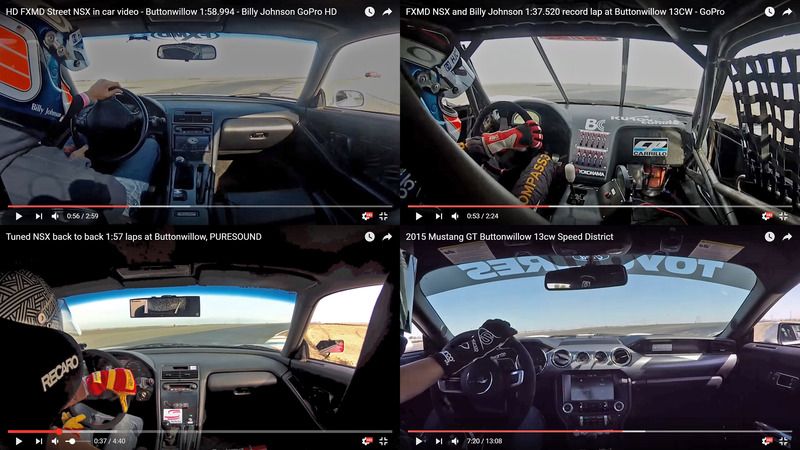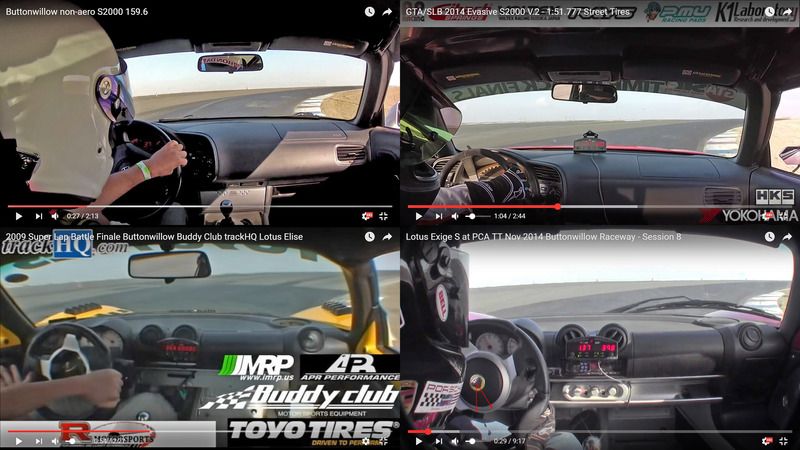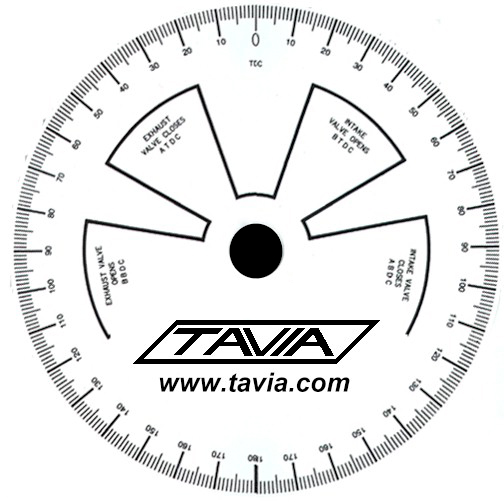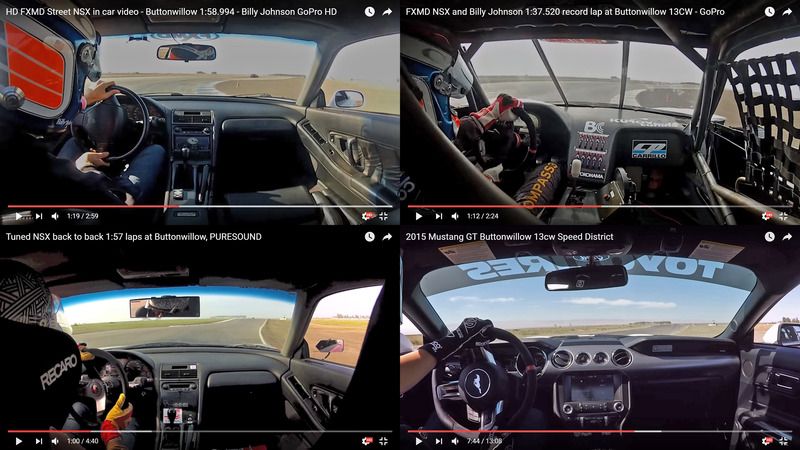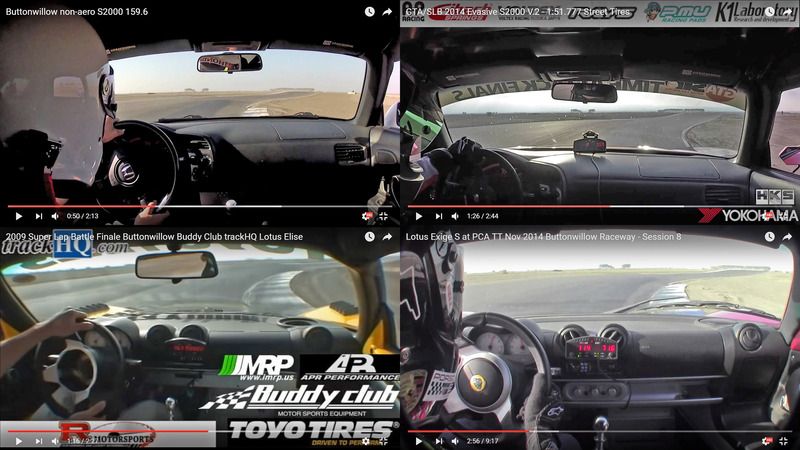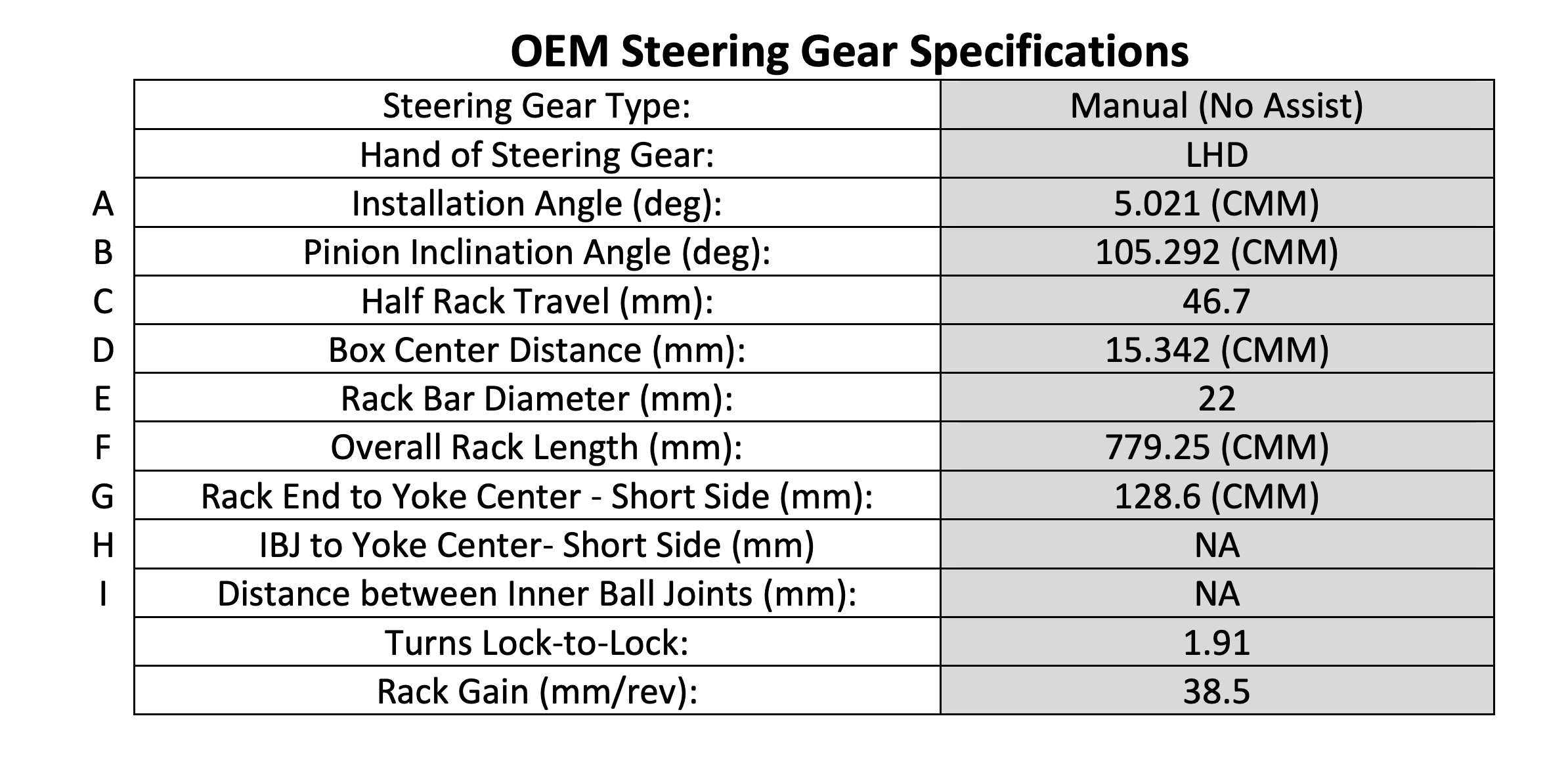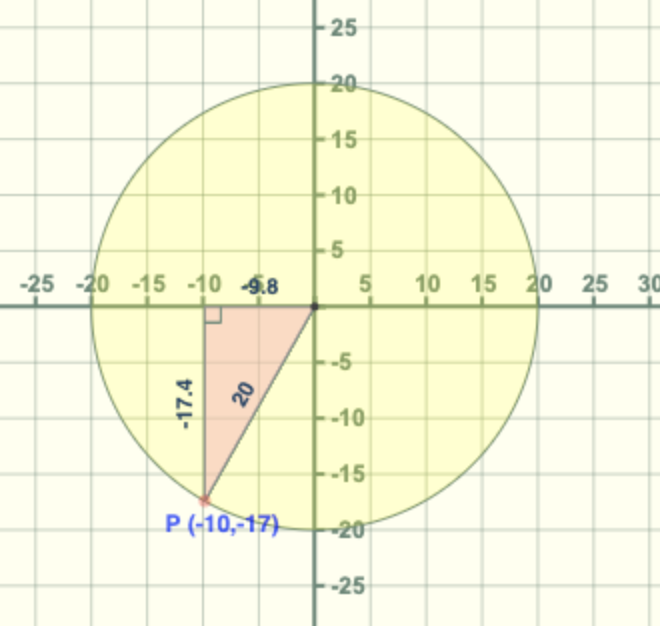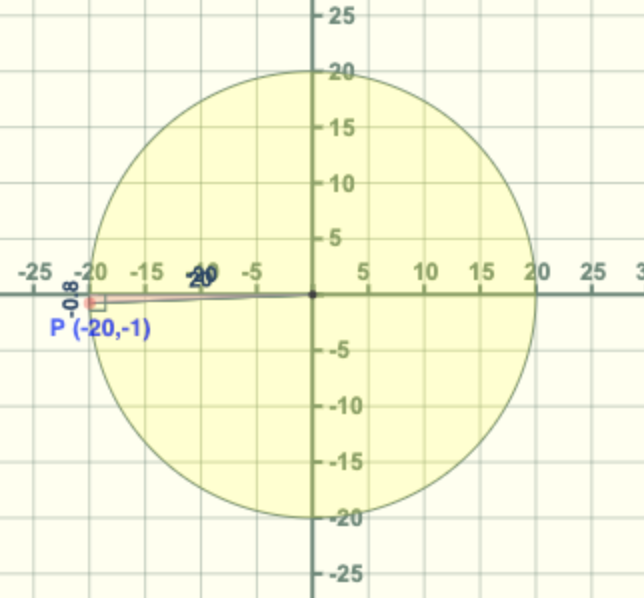Quaife is making a quick rack kit for the NSX.
Progress
[x] Source a stock manual rack
[x] Send rack to Quaife
[x] Get stock rack analysis results & quote from Quaife
[x] Decide on a ratio / rack gain
[x] Minimum 30 orders ready to go
[x] Put 50% of total quote down
[x] Quaife builds the rack kits
[x] Other 50% of total quote paid
[ ] Everyone gets their new rack kit!
Ratio
The finished rack kits will have a ratio of 15.1:1. See the analysis below.
Ratio: center 15.1:1 - end 15.1:1 (note: the same center & end)
LTL: 2.51 (current 3.25)
Angles:
15 -> 12.5 20.2% increase in effort
30 -> 24.9 20.2%
45 -> 37.4 20.2%
60 -> 49.9 20.2%
90 -> 74.8 20.2%
120 -> 99.8 20.2%
180 -> 149.7 20.2%
225 -> 183.4 23.3%
270 -> 217 26.6%
360 -> 284.4 33.6%
540 -> 417.6 36.6%
Original post
TL;DR: I have been emailing back and forth with Quaife about making a quicker ratio steering manual rack & pinion replacement. They are interested, but need a stock rack to develop against, plus an order of 30+ racks to make it worth the effort. Read the rest and indicate interest below!
As many of you know, the manual steering rack in the NA1/2 has a pretty high ratio compared to most modern sports cars. The manual says 18.2:1 to 20.8:1 which is something like 3 turns lock to lock.
Quaife makes quick ratio steering racks for a handful of cars. I had one on an autox EF years ago and it went from IIRC 3.6 turns -> 2.8 turns ltl which totally transformed the car.
Quaife does not currently make an NSX rack, but they could if there is enough interest. Apparently their toyota racks were the result of a community-driven effort.
What needs to happen?
1. They need a stock rack + housing with which to develop the rack & pinion
2. There needs to be an initial order for 30+ rack & pinion sets. Are 30 of you interested? The more, the better, obvs
Procuring a stock rack to send to Quaife
Do you have a stock manual rack laying around? Would you be willing to be without it for 1 - 6 months while Quaife tinkers with it? If not, would you sell it to me?
Q&A directly with the Quaife rep
Q: What would ballpark cost for each rack be? (FWIW, EF racks are $230)
A: The price could range between £130-£190+ ($175 - $250) but it depends on how the parts need to be manufactured and the quantities.
Q: What is ballpark development time on something like this? Before 30 racks might be ready?
A: The leadtime would be 4 weeks for the design then 12-16 weeks for manufacture. It may be quicker however.
Q: Could it be a variable ratio rack? Or fixed ratio only?
A: The ratio would be fixed
Q: How would the pre-order process work?
A: We would need to receive the sample rack for us to quote. There is no obligation for you to place an order once we have quoted though. If you was happy then we would request a 50% deposit to proceed with the order.
Q: Will this reuse the factory housing?
A: Yes, this kit would include a new rack shaft and pinion.
Notes
* I assume this would be LHD only. I'm not sure how much effort it would be to translate their eventual design to RHD.
* Installation is likely doable by you (I installed my own EF rack / pinion and it was straightforward), or maybe send it to @d1guy when you get your rack rebuilt
* We can decide on the ratio once they know the boundaries. I realize there's a tradeoff with steering effort, and some folks feel it's already pretty heavy. The steering doesn't feel heavy to me, but I have never had R compounds on my NSX...
Prior Art
I know there have been some threads on this in the past, including an effort to make a variable ratio rack, but they never went anywhere.
Have there been other efforts I am unaware of?
Hopefully this thread can get it done with your help!
Progress
[x] Source a stock manual rack
[x] Send rack to Quaife
[x] Get stock rack analysis results & quote from Quaife
[x] Decide on a ratio / rack gain
[x] Minimum 30 orders ready to go
[x] Put 50% of total quote down
[x] Quaife builds the rack kits
[x] Other 50% of total quote paid
[ ] Everyone gets their new rack kit!
Ratio
The finished rack kits will have a ratio of 15.1:1. See the analysis below.
Ratio: center 15.1:1 - end 15.1:1 (note: the same center & end)
LTL: 2.51 (current 3.25)
Angles:
15 -> 12.5 20.2% increase in effort
30 -> 24.9 20.2%
45 -> 37.4 20.2%
60 -> 49.9 20.2%
90 -> 74.8 20.2%
120 -> 99.8 20.2%
180 -> 149.7 20.2%
225 -> 183.4 23.3%
270 -> 217 26.6%
360 -> 284.4 33.6%
540 -> 417.6 36.6%
Original post
TL;DR: I have been emailing back and forth with Quaife about making a quicker ratio steering manual rack & pinion replacement. They are interested, but need a stock rack to develop against, plus an order of 30+ racks to make it worth the effort. Read the rest and indicate interest below!
As many of you know, the manual steering rack in the NA1/2 has a pretty high ratio compared to most modern sports cars. The manual says 18.2:1 to 20.8:1 which is something like 3 turns lock to lock.
Quaife makes quick ratio steering racks for a handful of cars. I had one on an autox EF years ago and it went from IIRC 3.6 turns -> 2.8 turns ltl which totally transformed the car.
Quaife does not currently make an NSX rack, but they could if there is enough interest. Apparently their toyota racks were the result of a community-driven effort.
What needs to happen?
1. They need a stock rack + housing with which to develop the rack & pinion
2. There needs to be an initial order for 30+ rack & pinion sets. Are 30 of you interested? The more, the better, obvs
Procuring a stock rack to send to Quaife
Do you have a stock manual rack laying around? Would you be willing to be without it for 1 - 6 months while Quaife tinkers with it? If not, would you sell it to me?
Q&A directly with the Quaife rep
Q: What would ballpark cost for each rack be? (FWIW, EF racks are $230)
A: The price could range between £130-£190+ ($175 - $250) but it depends on how the parts need to be manufactured and the quantities.
Q: What is ballpark development time on something like this? Before 30 racks might be ready?
A: The leadtime would be 4 weeks for the design then 12-16 weeks for manufacture. It may be quicker however.
Q: Could it be a variable ratio rack? Or fixed ratio only?
A: The ratio would be fixed
Q: How would the pre-order process work?
A: We would need to receive the sample rack for us to quote. There is no obligation for you to place an order once we have quoted though. If you was happy then we would request a 50% deposit to proceed with the order.
Q: Will this reuse the factory housing?
A: Yes, this kit would include a new rack shaft and pinion.
Notes
* I assume this would be LHD only. I'm not sure how much effort it would be to translate their eventual design to RHD.
* Installation is likely doable by you (I installed my own EF rack / pinion and it was straightforward), or maybe send it to @d1guy when you get your rack rebuilt
* We can decide on the ratio once they know the boundaries. I realize there's a tradeoff with steering effort, and some folks feel it's already pretty heavy. The steering doesn't feel heavy to me, but I have never had R compounds on my NSX...
Prior Art
I know there have been some threads on this in the past, including an effort to make a variable ratio rack, but they never went anywhere.
Have there been other efforts I am unaware of?
Hopefully this thread can get it done with your help!
Last edited:








